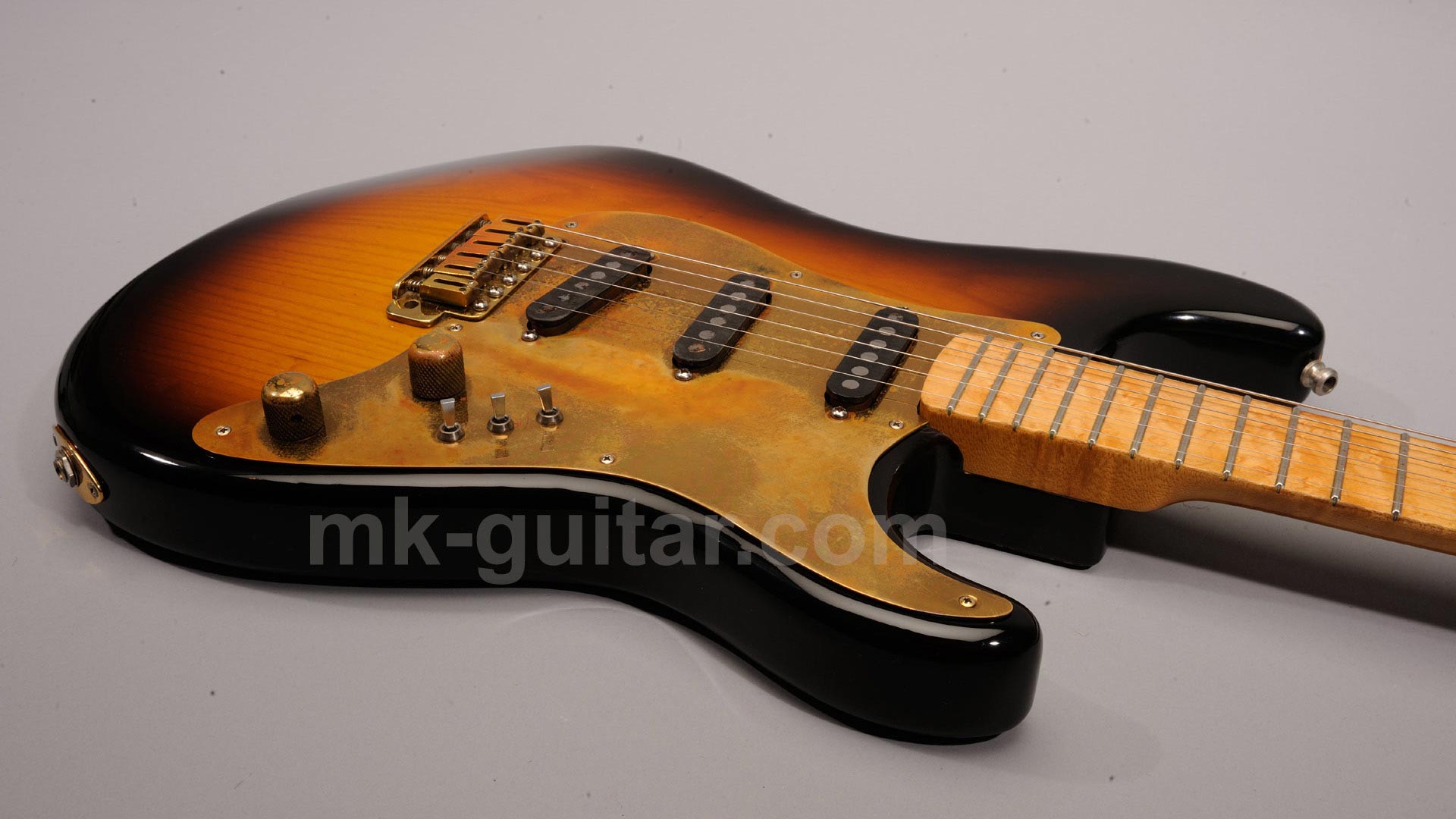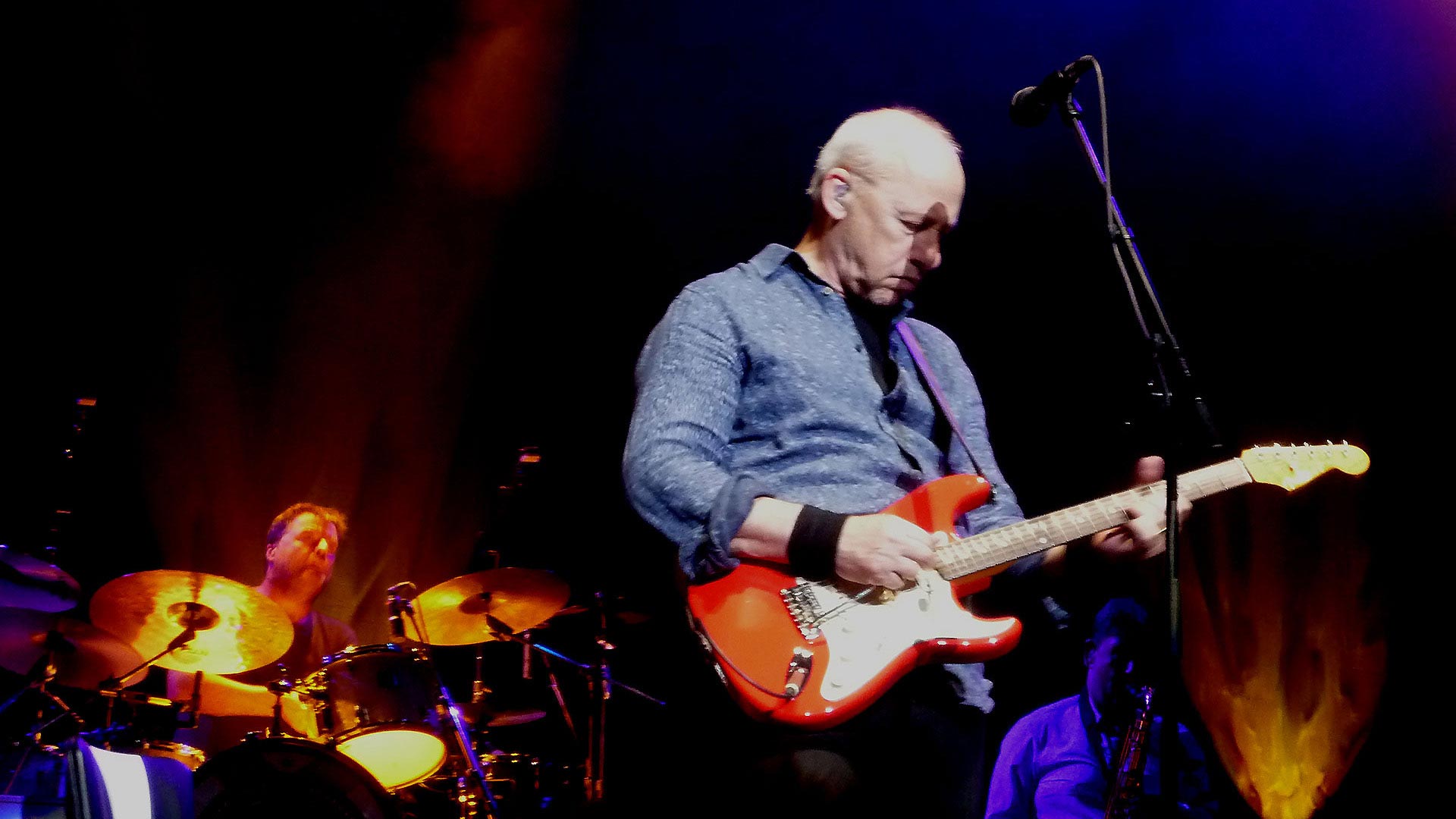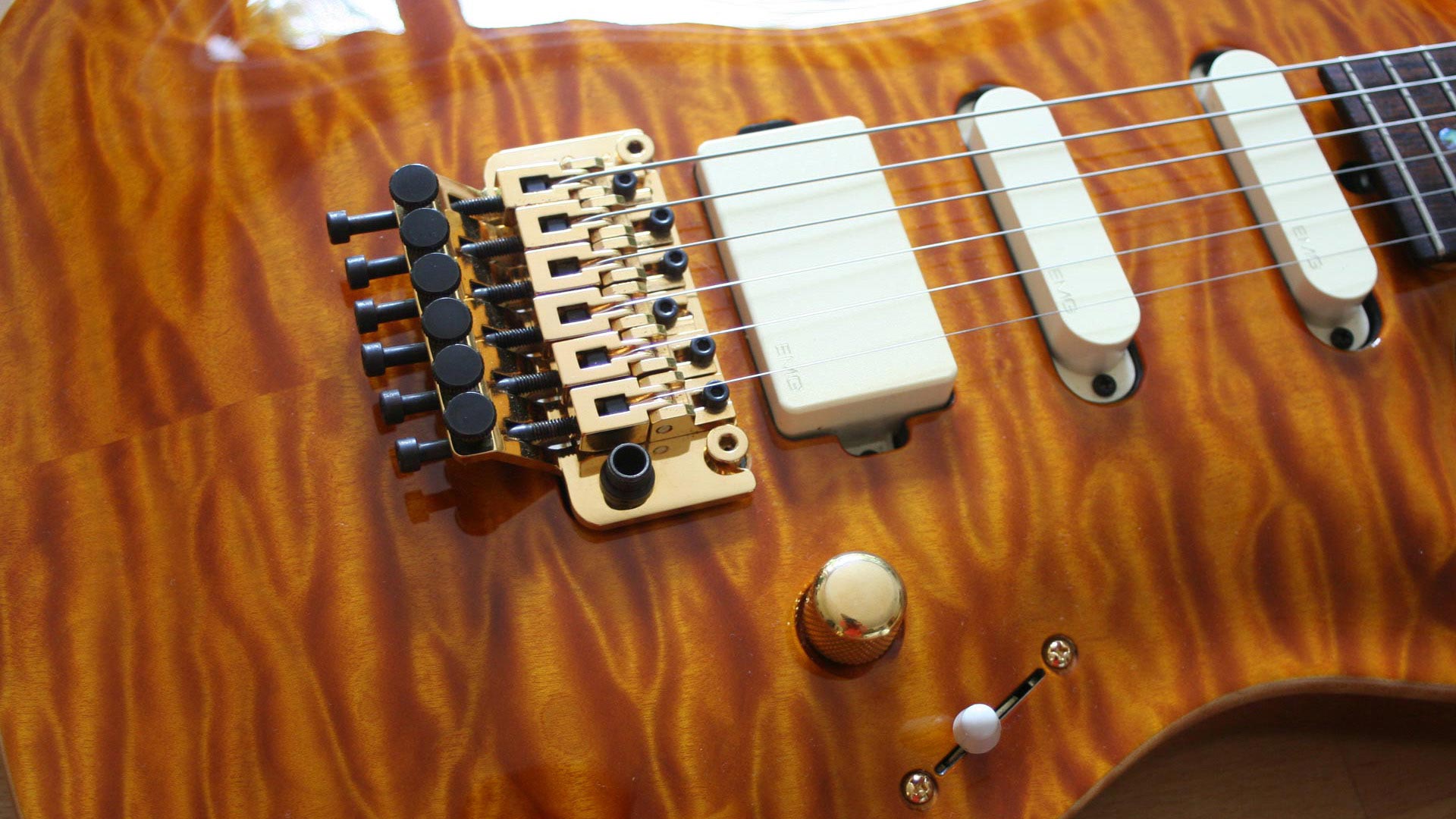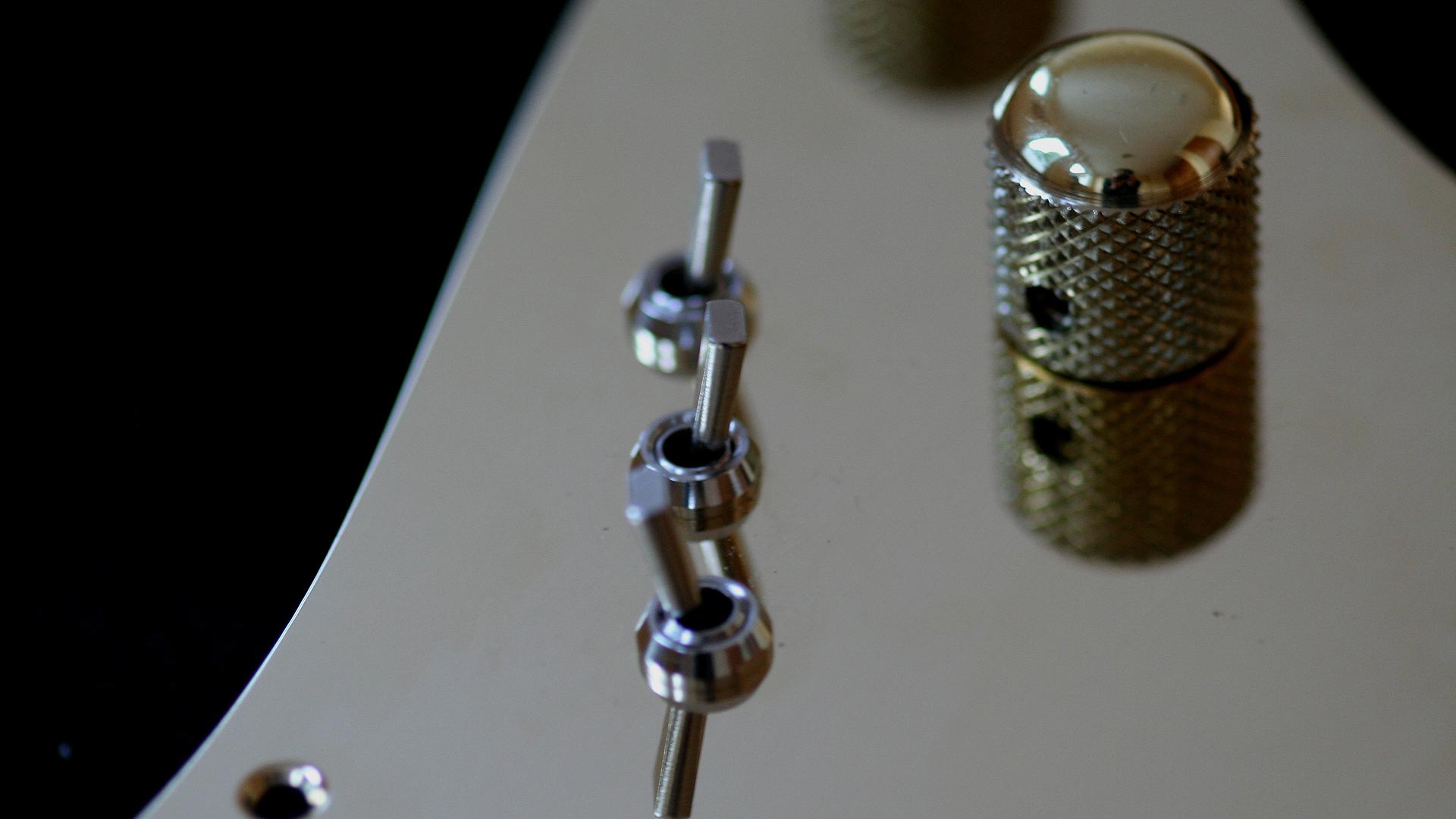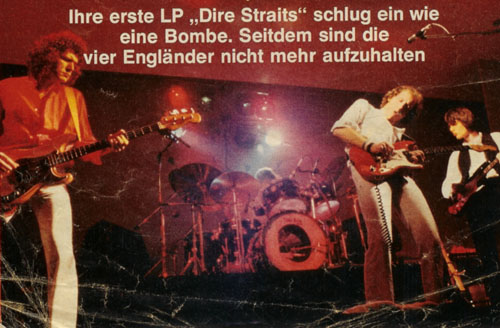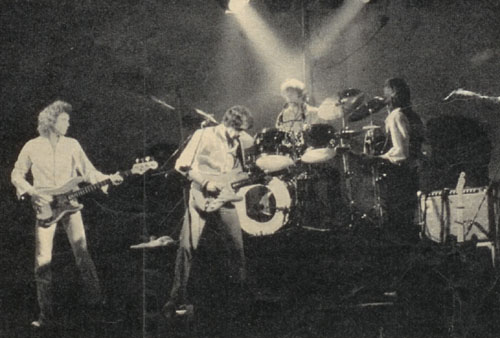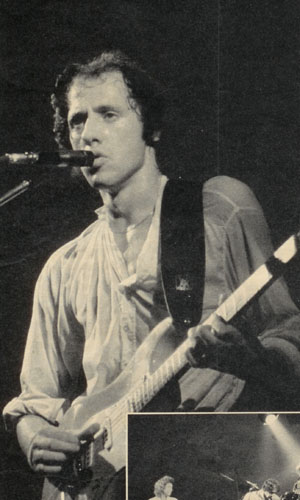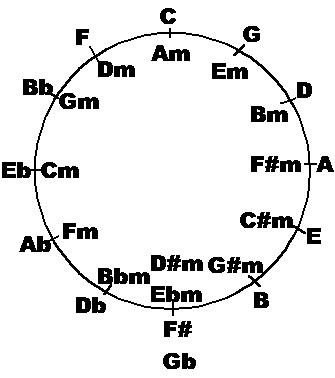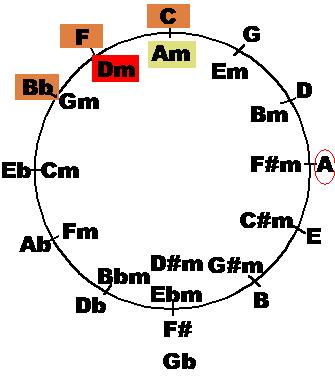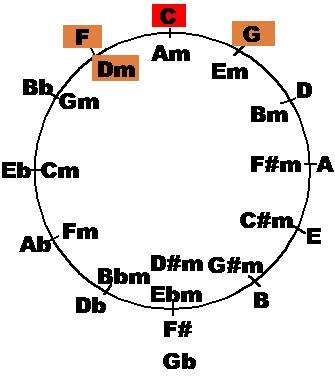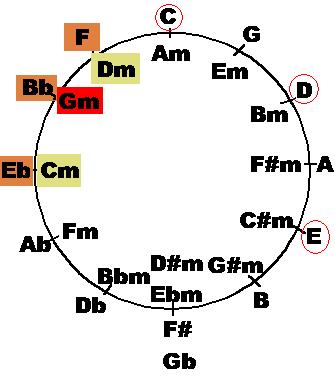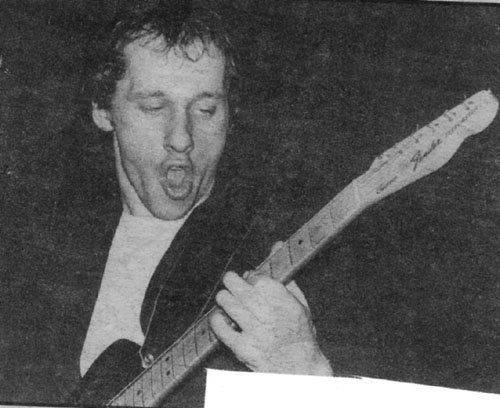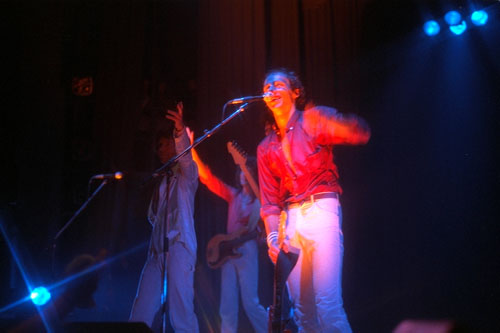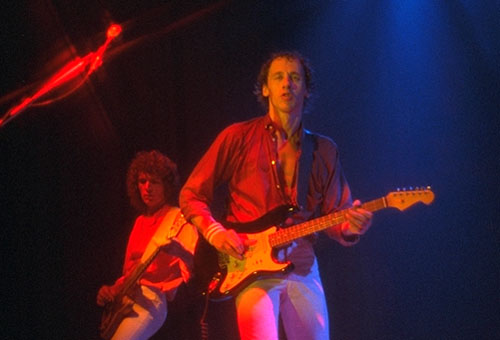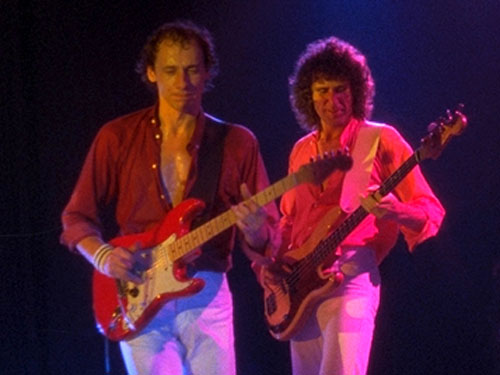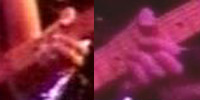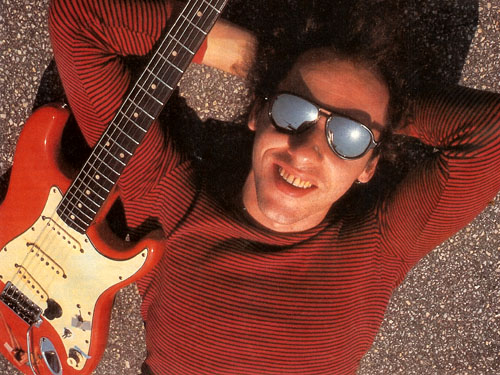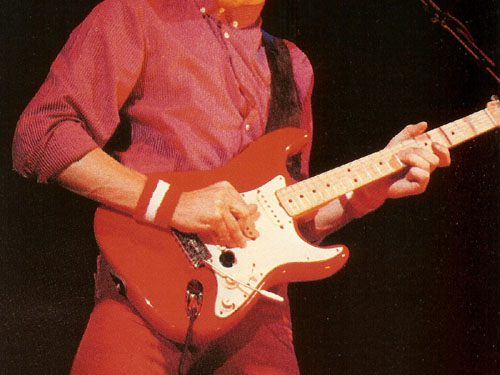Suggestions what you would like to see here
This weekend is a rather busy one, so not too much time for the blog so far:(
This blog is online for less than two weeks, and the number of readers is steadily increasing, thank you a lot.
I was wondering if I can go on blogging about this stuff forever or if I will run out of topics or ideas , so I made a list with concrete blog entries I can do next. Within a few minutes I had a list of almost 50 ideas 🙂
So, there should be a lot of things you can look forward to. On this list were some goodies like interesting news about Dire Straits gear, a/b-listening comparisions between different kind of gear (e.g. vintage guitar vs new ones, vintage amps vs. modelling solutions), music theory, recording techniques, fun stuff, and more.
Maybe I should use this post to ask you guys out there what you might be interested in in particular, it might help to decide what to do next, or to add another 50 ideas to my list 🙂
Why don’t you simply use the comment function at the end of this post (you don’t even have to leave an email, it is very simple and quick) for suggestions?
